You are right, bad terminology. I just meant to imply that you cant neglect to connect the ring on both ends. The cable may drop the signal.RCA cables DO NOT transmit over a differential pair. The signal is single ended !!!!!!!!!
-
Welcome to ASR. There are many reviews of audio hardware and expert members to help answer your questions. Click here to have your audio equipment measured for free!
You are using an out of date browser. It may not display this or other websites correctly.
You should upgrade or use an alternative browser.
You should upgrade or use an alternative browser.
Different cable structures for RCA interconnects
- Thread starter JensenW
- Start date
radix
Major Contributor
- Joined
- Aug 1, 2021
- Messages
- 1,458
- Likes
- 1,455
That's a great book! I still have my 2nd edition. 1988 isn't that old....Noise Reduction Techniques in Electronic Systems by Henry W. Ott
That pdf is testing magnetic field shielding. The best results come from ballanced twisted pair with shield connected at both ends. For unballanced the best was twisted pair with shield connected at both ends, but only 1db better than coax with shield connected at both ends. For electric fields it will be different but the common thing is shields connected at both ends.See Noise Reduction Techniques in Electronic Systems by Henry W. Ott. The book is older than Monster Cable. There are certainly some different opinions on how the shield should be terminated like in the book, but it could be that people simply had more ground loop problems in the past due to the electrical wiring.
"Ground loops at times can be a source of noise. This is especially true when the multiple ground points are separated by a large distance and are connected to the ac power ground, or when low-level analog circuits are used. In these cases it is necessary to provide some form of discrimination or isolation against the ground-path noise."
? So how does this work? What about differential connections?You need two connections on each end and a grounded shield. That's it and anything else is redundant. With two connections you don't need more than 2 wires. With line-level signals you might actually get-away without a shield because the output is low-impedance and that minimizes noise-pick-up. But I wouldn't recommend it.
There are cases where removing the ground at one end fixes a ground loop. The shield should still be grounded at one end.
A proper balanced connection is 3 wires and 3 connections at each end. Two opposite polarity signal wires plus a ground, so an RCA connection can't be balanced.
It could be done with two RCA connections but I've never seen that. Well... I have seen it accidently with the "wrong" adapters and then the left & right signals get subtracted at the differential input and you get a center-channel "vocal remover".
Differential sensing RCA
Some amps have input like this. While the input is RCA (not balanced), the receiver is configured to sense differential between + and - (like balance input receiver). Both the + and - are passed via capacitor (E001-E002-E003-E004). The - (shield) is not connected directly to ground, but by...
And is the cable type a thing?
I mean I thought the same thing too, but. I'm a bit mystified on the difference between a balanced and a differential connection via a 2 pin RCA vs a 3 pin XLR.
I'm not really sure if I have the terms mixed up? Or is there something I'm not getting.
I may have to spend more time in the Beginner portion of the forum for a while. But only found 2 posts hinting on cables that have to be used with this as well.
Is the ground path the 3rd connection? Therefore balanced?
Is this only for gear used at home? Again, this is why this is so confusing. One person says there is no such thing, yet others say it is a balanced connection, and circuitry exists.RCA cables DO NOT transmit over a differential pair. The signal is single ended !!!!!!!!!
This is from JL Audio:
So are they balanced or not? Do they work or is it word play? It seems there are. Or am I not getting it?
RCA is not Balanced.
Balanced means both inputs/outputs have the same impedance. to ground and to each other.
For cables this can be achieved with twisted pair + shild (cheapest) or better star quad + shild.
For non balanced signal you want non balanced cables like Coaxial.
What they are do doing is using "floating" RCA inputs and the Car's ground
simmilar to Hypex:

So the output and the Cable are not balanced but the input is.
In this special case a twisted pair cable with screen connected to amp ground would maybe perform better then Coax

Balanced means both inputs/outputs have the same impedance. to ground and to each other.
For cables this can be achieved with twisted pair + shild (cheapest) or better star quad + shild.
For non balanced signal you want non balanced cables like Coaxial.
What they are do doing is using "floating" RCA inputs and the Car's ground
simmilar to Hypex:
So the output and the Cable are not balanced but the input is.
In this special case a twisted pair cable with screen connected to amp ground would maybe perform better then Coax
Last edited:
Speedskater
Major Contributor
Sad to say that Henry W. Ott passed away on May 20, 2021.See Noise Reduction Techniques in Electronic Systems by Henry W. Ott.
Its a bit clearer. So, if I may,RCA is not Balanced.
Balanced means both inputs/outputs have the same impedance. to ground and to each other.
For cables this can be achieved with twisted pair + shild (cheapest) or better star quad + shild.
For non balanced signal you want non balanced cables like Coaxial.
What they are do doing is using "floating" RCA inputs and the Car's ground
simmilar to Hypex:

So the output and the Cable are not balanced but the input is.
In this special case a twisted pair cable with screen connected to amp ground would maybe perform better then Coax
View attachment 200069
The RCA signal coming out of just about any audio gear, is single ended. Meaning not balanced. So the single ended RCA cable, the A/C signal is the tip, and the jacket around the tip is just the Shield. Or the Return or Neutral wire just like in Home Wiring.
My confusion was I knew most gear with an RCA jack worked like this. (Unbalanced) with a Coax style wire construction
where the Copper shield in this case is the return (Neutral line or white wire USA) like in home A/C.

But "Balanced RCA's" as described by JL audio, and others, the singal did this bellow while still using only 2 conductors in twisted pair while using the common ground of the car as its return line.

With this type of cable that needs to be used referenced by Tony for use on "Balanced Rca's" :
When Coax cable was said, I thought this typically with a F connector:
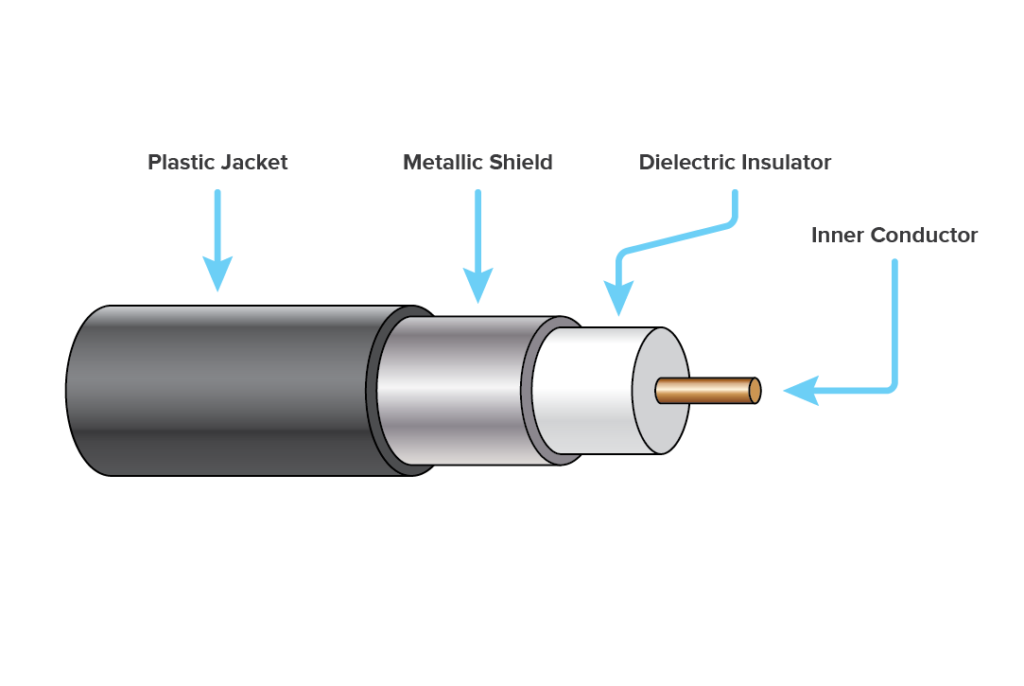
But most of what I have seen and taken apart is basic non shielded twisted pair. Sooche is what I have been using until I went to the shielded coax style.


What got me was how it was explained.
How could a source such as a head unit/DAC that is single ended by design, going to know to output the balanced signal if it does not know that the amp can accept this signal? Just about all gear I have seen does this bellow:

Not this:

What's really going on is how you explained it above where the "Balanced RCA's are circuitry is inside the amplifier.
What got me was the 3 conductor vs the 2 conductor balanced rca. As it's not common to see this implemented as I understand it.
I was not taking into account the shield being a conductor or return line as described as its method of operation it seems.
In the case of the 2 conductor, (If I understand it right) the ground takes the place of the 3rd conductor if only a 2 copper conductors are inside the cable. With the shield just providing noise rejection.
But in order to do so, I thought it had to LOOK like this
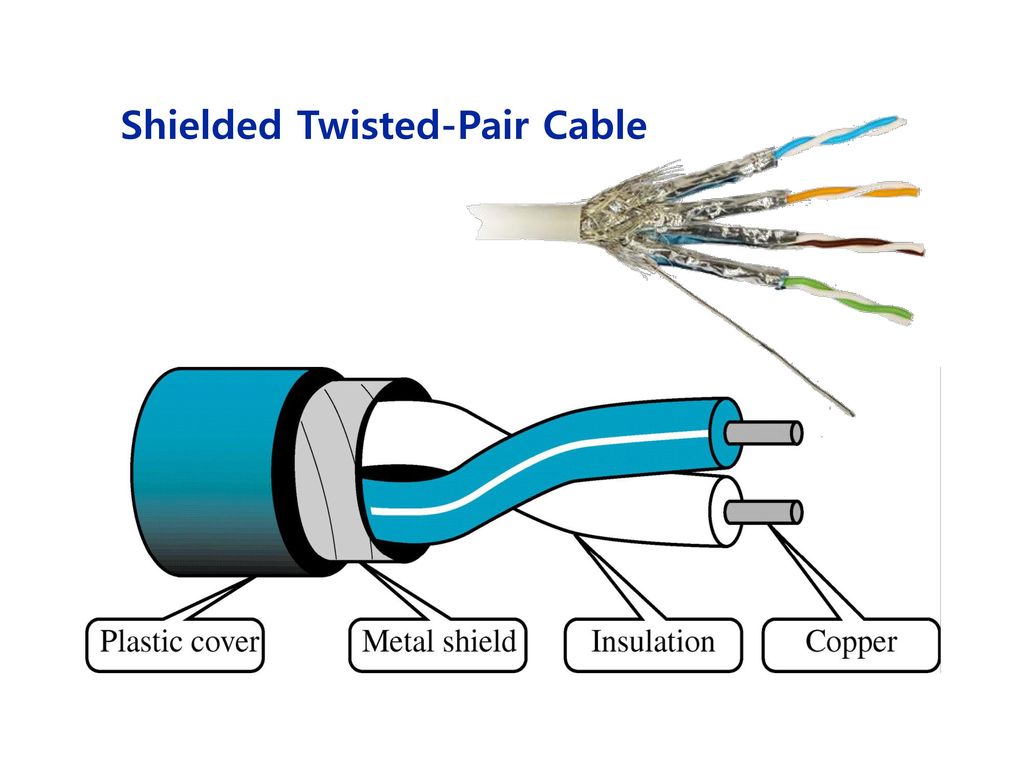
Not this as there is physically only 2 conductors present, and the shield is part of the conductor.
Man.. why the fuck is this so hard for me to get. Its simple. I'm just nuking it.
Thank you for explaining it to me. Its going to take some more time to get this. But I really appreciate taking the time to explain it to this dumbo here.
Let me know if you need anything!
sam_adams
Major Contributor
- Joined
- Dec 24, 2019
- Messages
- 1,348
- Likes
- 3,445
Is this only for gear used at home? Again, this is why this is so confusing. One person says there is no such thing, yet others say it is a balanced connection, and circuitry exists.
Below is a true balanced output made from an unbalanced, consumer level output (-10 dBV, 316 mV RMS). It is balanced because the output impedance of the + and - legs are closely matched. However, it does not have the same +4 dBu (1.23 V RMS) pro output level that a Differential-Balanced output driver has:
The above is from this Jensen App Note. Other good App Notes by Whitlock, also.
And an metallic shield
Strictly speaking 2 conductors is enough for a balanced signal. but having an extra ground is very beneficial as well as an screen.
I'm oversimplifying a bit now:
There are 2 kinds of electromagnetic noise. Elctro(static) and Magnetic
In general electrostatic noise is less of an problem for audio because because even e peace of grounded aluminum foil stops like 99.9% of it.
this is captive coupling:
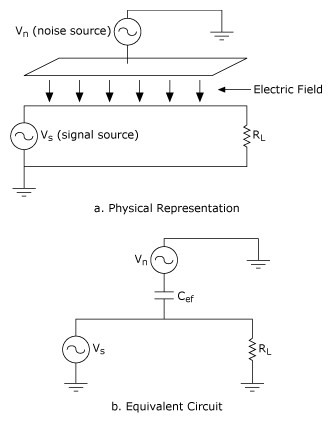
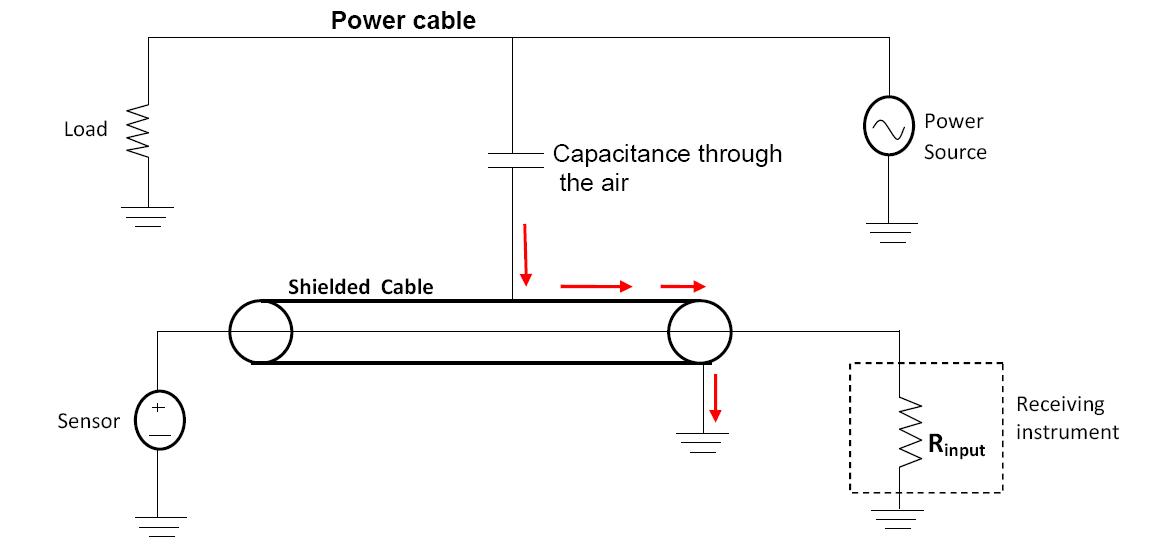
Coax gets All of this captive coupled noise to it's screen. screen goes to ground and has no signal on it so it is fine
the other kind of noise is Magnetic / inductive coupling:
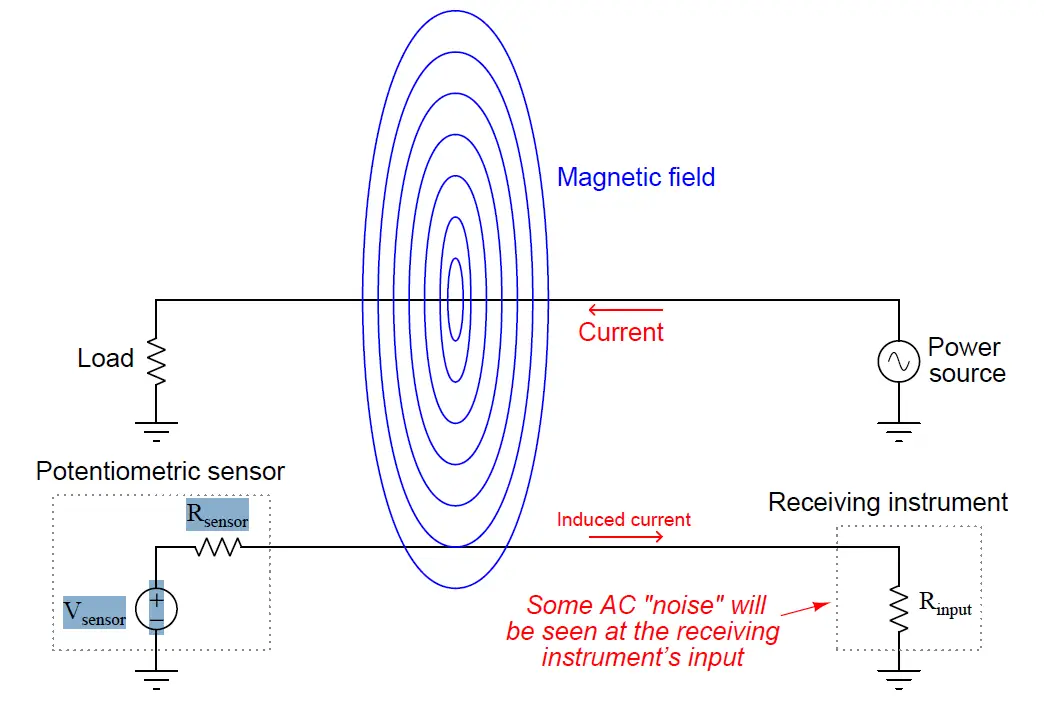
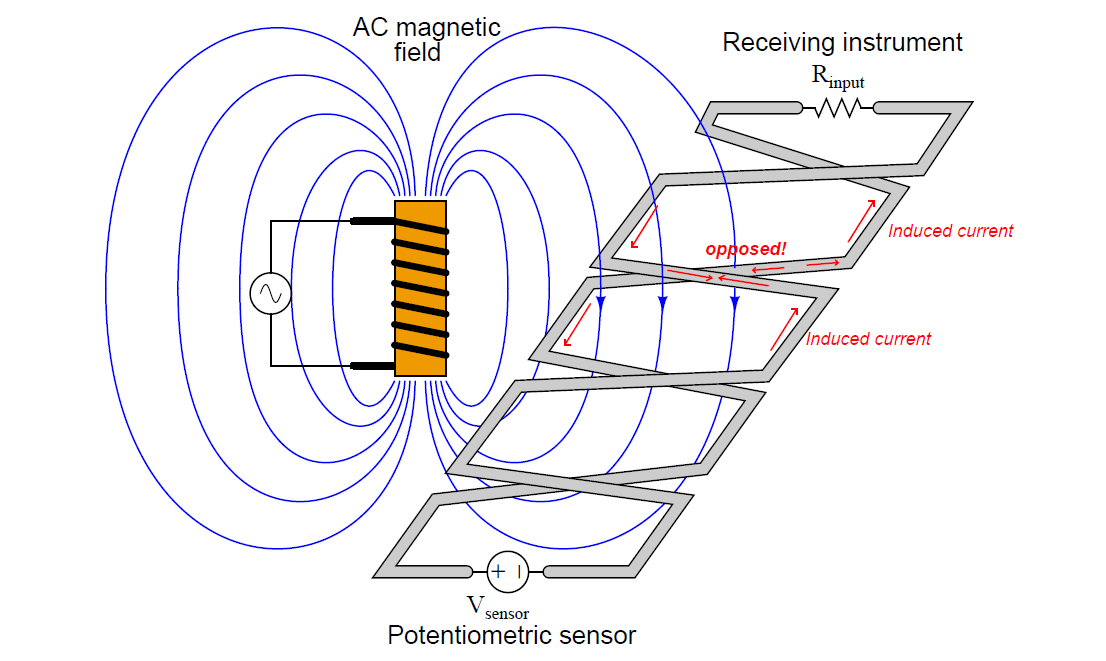
This document might be helpful to you
i have tested the practical effect on typical audio cables here

RCA cable Magnetic interference measurement and comparison
Cables are cables and there is no difference?! I designed a test to see if they perform significantly different in therms of "magnetic shielding" or Leakage inductance. This test dose not test for ground loop currents but interference from close by magnetic in homogeneous magnetic files. The...
 www.audiosciencereview.com
www.audiosciencereview.com
D
Deleted member 46664
Guest
Hi everyone! I hope you're all well.
I'm going to get a pair of RCA interconnects for my CD player to Integrated Amp, and I stumbled upon a few major types of cable structures:
RCA cables are simple things ... one central wire to carry the signal and a surrounding shield that both provides a ground reference and shunts interference to ground.
Anything beyond that is totally unnecessary, won't bring any improvement and prone to getting really expensive.
Here's what you need...
Coax is not the simple design normally used for RCA cables. It is just two wires and an extra shield connected to the neutral wire. Both designs are pretty transparent as the tests on ASR show.RCA cables are simple things ... one central wire to carry the signal and a surrounding shield that both provides a ground reference and shunts interference to ground.
Anything beyond that is totally unnecessary, won't bring any improvement and prone to getting really expensive.
Here's what you need...
That link for what is supposedly needed has screwed up information that is a direct contradiction. I suggest not to buy RCA cables from Amazon unless something else is bought there to save the shipping costs. The title and picture shows an RCA cable, while the description says it's a subwoofer cable.
I saved the page for reference in the future:
Speedskater
Major Contributor
For RCA and any other unbalanced, single ended interconnect cable, coax IS the best choice.Coax is not the simple design normally used for RCA cables.
The shield needs to be connected at both ends for best performance. (the longer the cable, the more important this becomes)
D
Deleted member 46664
Guest
Coax is not the simple design normally used for RCA cables. It is just two wires and an extra shield connected to the neutral wire. Both designs are pretty transparent as the tests on ASR show.
That link for what is supposedly needed has screwed up information that is a direct contradiction. I suggest not to buy RCA cables from Amazon unless something else is bought there to save the shipping costs. The title and picture shows an RCA cable, while the description says it's a subwoofer cable.
I saved the page for reference in the future:
What you're describing isn't coax ...
Coaxial cable is one center wire carrying signal surrounded by a shielding layer.
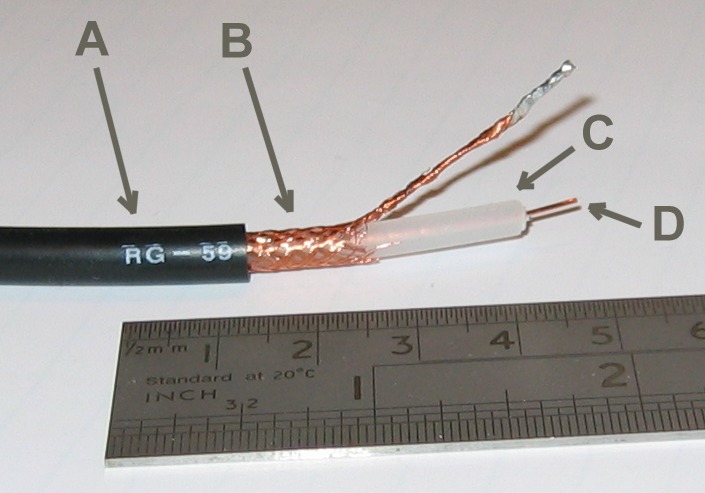
Coaxial cable - Wikipedia
The error in Amazon's description won't make any difference ... The cable doesn't know what it's hooked up to.
I already know, notice I just wrote that it's not the way RCA cables are normally designed (think of the generic "throw away" cables for example). So coax is therefore a more obscure design and not the quite "simple" choice.For RCA and any other unbalanced, single ended interconnect cable, coax IS the best choice.
So RCA cables are simple things, two wires are basically the simplest design. You don't even need connectors or shield or anything else if you really want to talk about the simplest design.
Again, I already know... But Amazon didn't even make it clear which cable people are ordering. So I wouldn't consider that as an acceptable option for purchasing an RCA cable.What you're describing isn't coax ...
Coaxial cable is one center wire carrying signal surrounded by a shielding layer.

Coaxial cable - Wikipedia
en.wikipedia.org
The error in Amazon's description won't make any difference ... The cable doesn't know what it's hooked up to.
Last edited:
D
Deleted member 46664
Guest
Once again.... Coax is a type of cable with a centre conductor surrounded by a shield. It comes in all shapes and sizes and is used in audio, video and radio frequency applications ... it's got nothing to do with the connectors attached to it.I already know, notice I just wrote that it's not the way RCA cables are normally designed (think of the generic "throw away" cables for example). So coax is therefore a more obscure design and not the quite "simple" choice.
Again, I already know... But Amazon didn't even make it clear which cable people are ordering. So I wouldn't consider that as an acceptable option for purchasing an RCA cable.
Whatever.
An RCA cable by definition has RCA connectors.So RCA cables are simple things, two wires are basically the simplest design. You don't even need connectors or shield or anything else if you really want to talk about the simplest design.
May I suggest you read your own message? You were specifically talking about coax with RCA connectors. That is how the conversation started.Once again.... Coax is a type of cable with a centre conductor surrounded by a shield. It comes in all shapes and sizes and is used in audio, video and radio frequency applications ... it's got nothing to do with the connectors attached to it.
So my message that coax is not the simple or normal design for RCA cables does obviously not have any reason to be challenged.RCA cables are simple things ... one central wire to carry the signal and a surrounding shield that both provides a ground reference and shunts interference to ground.
OK, I'm glad to have learned that from this conversation at least.An RCA cable by definition has RCA connectors.
It wouldn't, were it true. However, the reality is that the vast majority of RCA cables are some kind of coax. The reason for this probably has something to do with coax being the proper type of cable for single-ended connections.So my message that coax is not the simple or normal design for RCA cables does obviously not have any reason to be challenged.
D
Deleted member 46664
Guest
May I suggest you read your own message? You were specifically talking about coax with RCA connectors. That is how the conversation started.
The only thing necessary to deem cable as "coax" or "coaxial" is that it has one central conductor surrounded by a shield.
Some of the more common types of coax are ... Microphone cable, patch cords, instrument cables, television cable, radio transmitter cable... and on and on.
So my message that coax is not the simple or normal design for RCA cables does obviously not have any reason to be challenged.
Most RCA cords are made with microphone cable ... which is a type of coaxial cable.
Why is that so hard to understand?
Similar threads
- Replies
- 31
- Views
- 4K
- Replies
- 79
- Views
- 4K
- Replies
- 13
- Views
- 1K
- Replies
- 61
- Views
- 5K